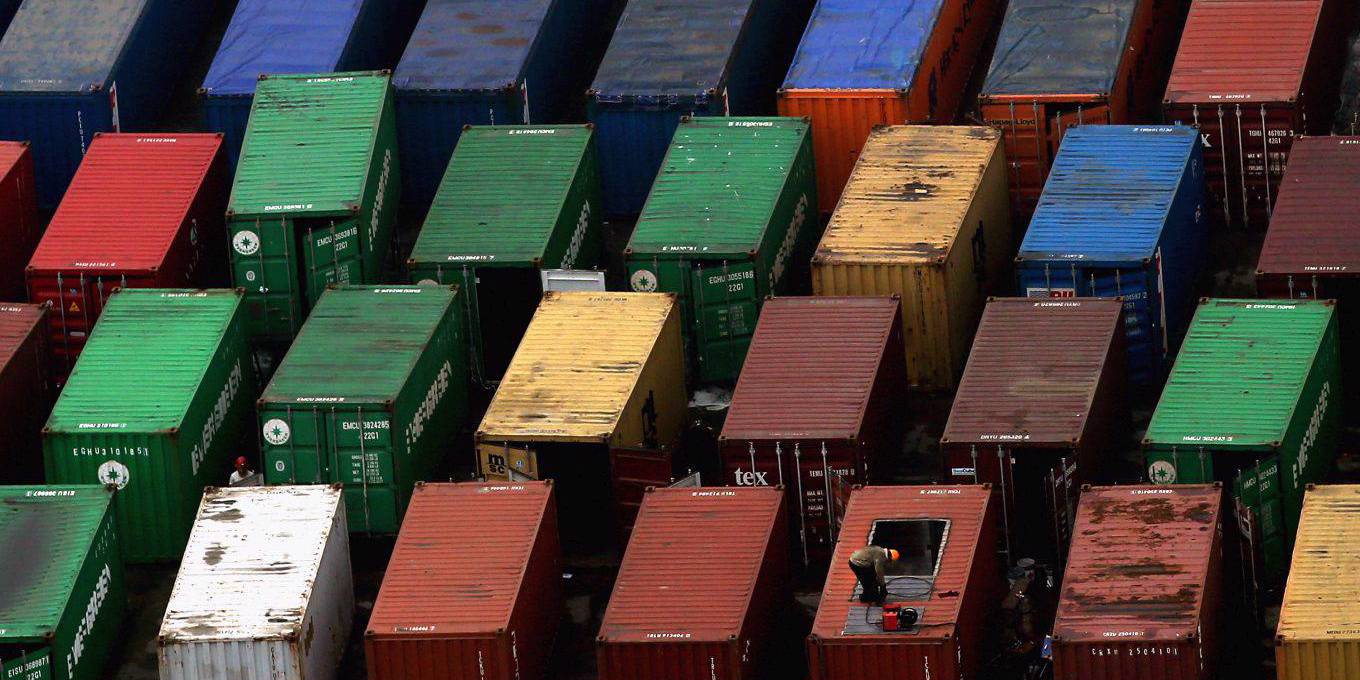
OR


Anne O Krueger
Anne O Krueger, a former World Bank chief economist and former first deputy managing director of the International Monetary Fund, is Senior Research Professor of International Economics at the School of Advanced International Studies, Johns Hopkins University, and Senior Fellow at the Center for International Development, Stanford Universitynews@myrepublica.com
Given China’s desire to be a respected member of the international community, a more satisfactory US approach would involve seeking cooperation and mutual gain when possible and limiting confrontation to vital issues.
WASHINGTON, DC – US President Joe Biden’s administration is reassessing America’s China strategy. Donald Trump’s modus operandi was to bully China on trade, foreign investment, cyberspace, e-commerce, intellectual property, the South China Sea, Taiwan, and other issues. Making matters worse, the Trump administration chose to deal with China bilaterally, neglecting European, Australasian, and Latin American allies who shared many of America’s concerns and would have strengthened the United States’ bargaining position.
Trump’s bombastic, go-it-alone approach was fundamentally flawed. He seems to have assumed that his policies would harm China to the point that it could not effectively compete with the US economically, politically, or militarily. But no American actions can stop Chinese growth. Moreover, at the same time that his administration was trying to diminish China, it was negotiating with it bilaterally, thereby sending a very confusing signal to the Chinese and the rest of the world. Trumpian policies no doubt damaged China, but they hurt the US, too.
Although Sino-American rivalry is inevitable, both governments know that war is unthinkable. Given China’s desire to be a respected member of the international community, a more satisfactory US approach would involve seeking cooperation and mutual gain when possible and limiting confrontation to vital issues.
When confrontation is necessary, it will often be preferable for the US to work through multilateral forums. Moreover, strengthening US capabilities in research and development, investment in human capital, and boosting productivity would achieve far more satisfactory results than attempting to curtail Chinese development.
Pressing issues requiring cooperation include climate change and other environmental concerns, developing countries’ indebtedness, and international financial stability. Perhaps most important, an open multilateral trading system—underpinned by World Trade Organization rules—benefits the entire global economy, and certainly China and the US.
Until the early 1980s, China was very poor, and economic growth was anemic, because the government discouraged foreign trade and sought to produce all goods domestically, mostly in state enterprises. But the country then reversed its trade policies and allowed private enterprise. Its opening to the world triggered a remarkable economic transformation. Exports and imports both grew quickly and became major growth engines, leading to rapidly rising living standards. China’s international trade increased much faster than its real GDP.
By the 1990s, it was evident that both China and the global economy would benefit from Chinese accession to the WTO. Membership, many argued, would assure other countries that China would follow the global trade rules that had contributed much to strong global economic growth since World War II, while the WTO would provide a forum for resolving disputes. Accordingly, China lowered its average tariff rate from 40 percent in 1992 to 15 percent by 2000 (and still further subsequently) and removed other trade barriers in order to conform to the WTO’s rules, before joining the organization in 2001.
China celebrated its accession, and thereafter abided by rulings against it by the WTO dispute-settlement mechanism better than many other countries did. The US took many of its trade grievances with China to the WTO, and won most of its cases.
Meanwhile, Chinese exports and GDP continued to grow rapidly. By 2009, China became the the world’s largest exporter and had the largest trade balance by 2013. But America’s trade deficits with the world and with China continued to widen. After Trump took office, his administration attacked China and its trade policies without using WTO processes.
In 2018, Trump launched a trade war. He made nonnegotiable demands—including that China close the bilateral trade deficit by importing vastly more US goods—and dramatically increased US tariffs on imports from China in an attempt to get his way.
Economists pointed out that the US trade deficit with China was a macroeconomic phenomenon and not something that could be reduced by tariffs. Moreover, forcing China to commit to import more US commodities such as soybeans would require “managed trade,” especially by Chinese state-owned enterprises whose behavior the Trump administration was complaining about. And other countries developed large bilateral trade surpluses with the US: following Trump’s tariff increases, US imports from countries such as Vietnam replaced some of those from China.
The US and China signed a “phase one” trade agreement in January 2020, but it fell far short of meeting Trump’s demands. Even the agreed provisions were not fulfilled. His trade war was thus ultimately a failure that harmed both China and the US.
Today, US-China trade relations are openly hostile, and America is by no means the innocent party. But both countries could begin to reset relations with an agreement to restore the WTO’s dispute-settlement role through US approval of new Appellate Body judges.
The Biden administration could make a further goodwill gesture by offering to rescind Trump’s tariffs on condition that China reciprocates. And because disputes on issues such as intellectual-property rights and e-commerce can and should be resolved multilaterally, the US should raise these at the WTO instead of making bilateral demands. With luck, healthy US productivity growth could then enable the Chinese-American rivalry to proceed along less confrontational lines.
Anne O. Krueger, a former World Bank chief economist and former first deputy managing director of the International Monetary Fund, is Senior Research Professor of International Economics at the Johns Hopkins University School of Advanced International Studies and Senior Fellow at the Center for International Development at Stanford University.
Copyright: Project Syndicate, 2021.
www.project-syndicate.org
You May Like This

NRB lays out scenario for sending BFIs into forceful merger
KATHMANDU, Jan 5: Nepal Rastra Bank (NRB) has announced that it may send bank and financial institutions (BFIs) to forceful... Read More...

Venezuela is drowning, yet Maduro keeps subsidizing Havana
VENEZUELA, Sept 18: As Venezuelans live with an unprecedented and recurring shortage of food and medicines, suffering through an economic... Read More...




Just In
- Sunkoshi-Marin Diversion Project’s tunnel construction nears completion, breakthrough scheduled for May 8
- Govt tightens security arrangement for Third Investment Summit 2024
- Pesticide residue found in vegetables in Nepalgunj
- Aam Janata Party and Samajwadi Jana Ekata Party merge
- 1,600 participants confirmed for Nepal Investment Summit
- Ilam-2 by-elections held peacefully, vote count likely to start tonight
- NEA schedules five-day power cut across Kathmandu Valley for underground cable installation
- Hundreds of passengers including foreign tourists in distress as poor visibility halts flights to and from PRIA







-1200x560-wm_20240427144118.jpg)





Leave A Comment